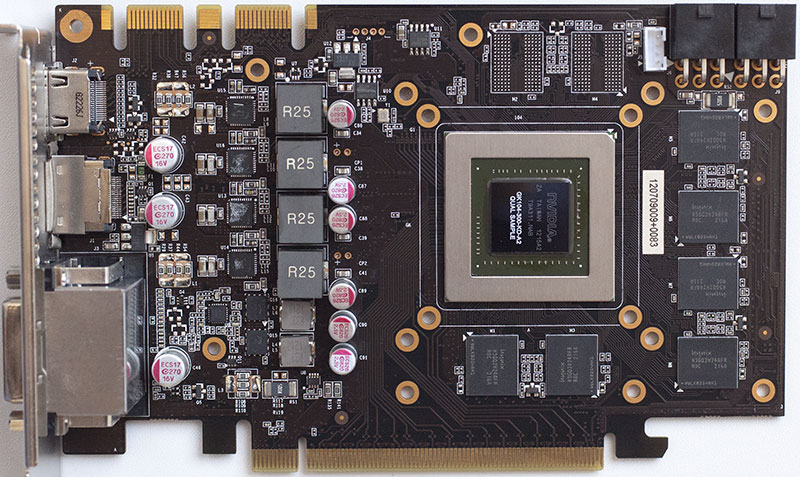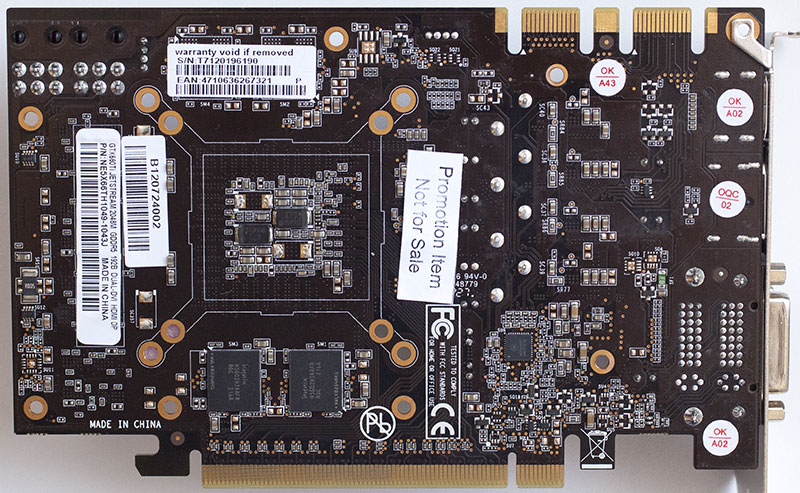- Joined
- Dec 2, 2008
- Messages
- 368 (0.06/day)
- Location
- Over There
| System Name | Games for Breakfast |
|---|---|
| Processor | i7 2600k @ 4.3ghz |
| Motherboard | ASRrock Z77 extreme6 |
| Cooling | Cooler Master TX3 Dual Fan |
| Memory | 16GB DDR3 - RipjawsX 1600 1.5v @ 8-8-8-22 1T |
| Video Card(s) | Asus AMD R9 290 4GB Reference PCB |
| Storage | Samsung F3 Spinpoint 1TB |
| Display(s) | HP 22vx IPS LED |
| Case | Cooler Master Elite 331 |
| Audio Device(s) | Onboard |
| Power Supply | Corsair TX650 V1 |
| Keyboard | CM Storm Devastator |
| Software | Windows 10 64bit |
Hello guys!
I'm asking this out of curiosity, because I've been reading GTX 660 TI reviews, and in some forums people are saying that it's ridiculous to have 192bit memory bus paired with 2GB of VRAM, because it can't use it all.
Why is this the case? How does the bus width affect amount of memory on a GPU?
I'm asking this out of curiosity, because I've been reading GTX 660 TI reviews, and in some forums people are saying that it's ridiculous to have 192bit memory bus paired with 2GB of VRAM, because it can't use it all.
Why is this the case? How does the bus width affect amount of memory on a GPU?









